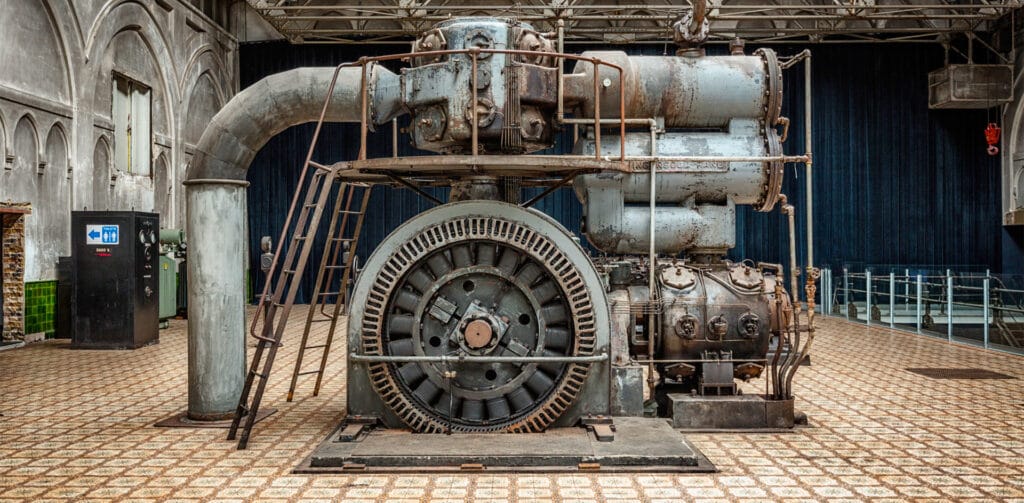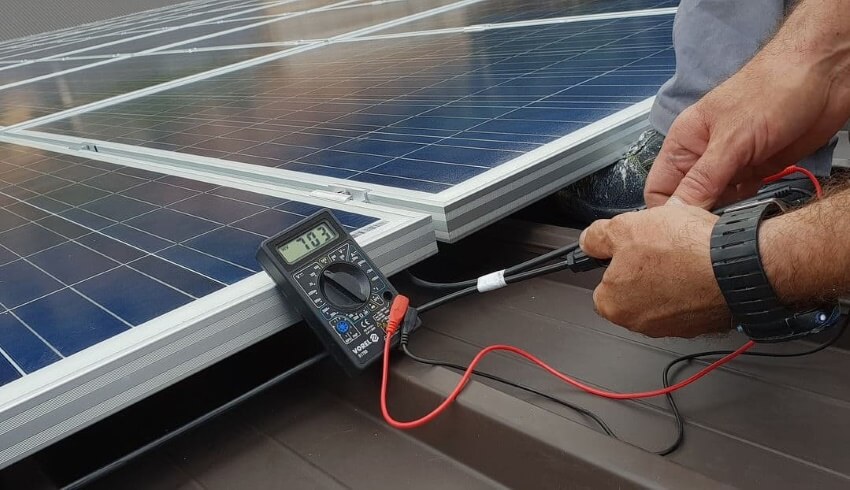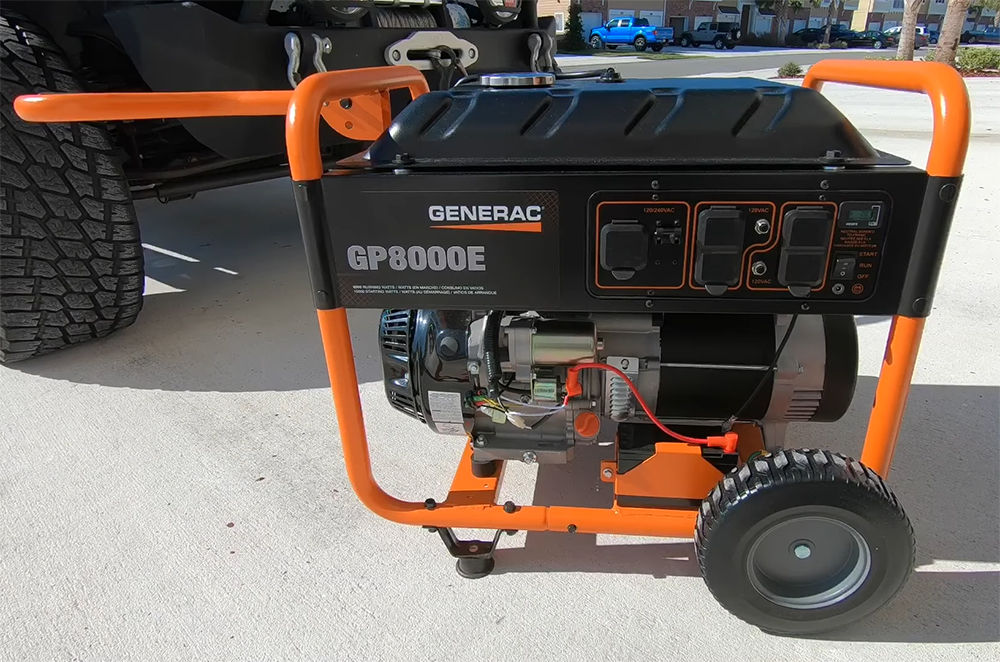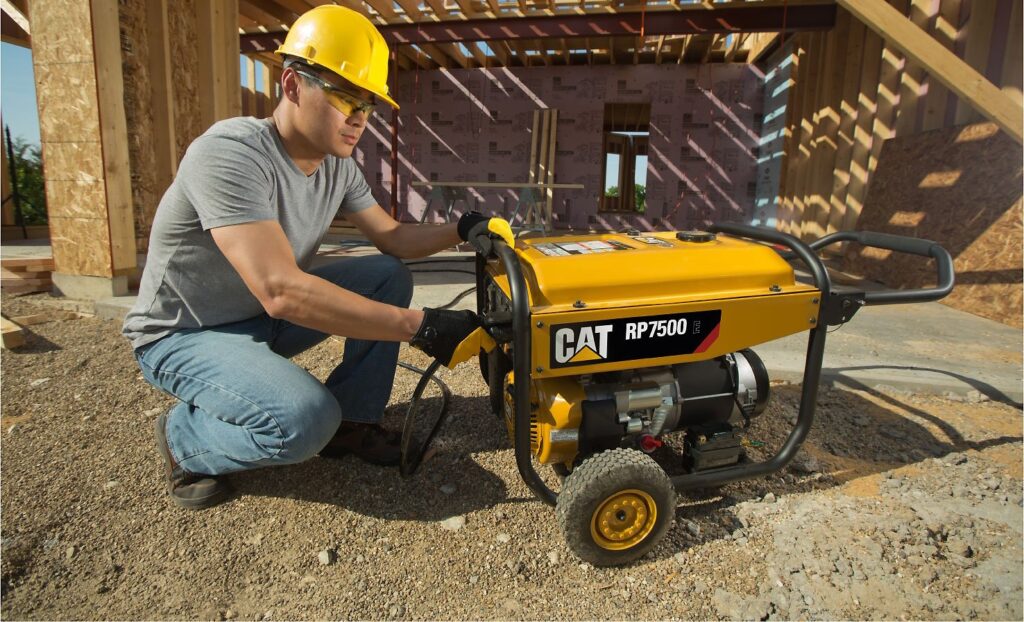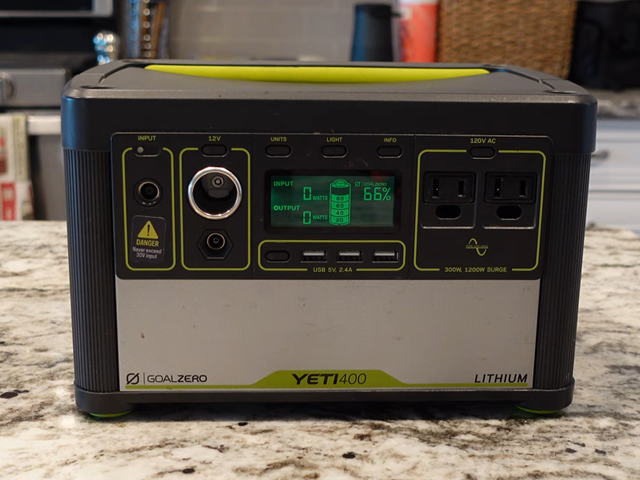
Propane tanks carry highly flammable propane gas; thus, you may opt to integrate some safe and effective measures to disguise the cylinders. We’ve got you covered whether you are using an in-ground tank or an above-the-ground propane tank. Below we peruse some of the simple tricks on how to hide a propane tank.
Propane tanks can be in the house, on the patio, or in the backyard; thus, they can be unsightly. Keep reading through the post if you wonder how to conceal them or be less visible to visitors.
Disguising your propane tank at home can be achieved through simple at-home DIY solutions. Outdoor propane tanks may be unpleasant, especially if not properly cared for. Some of the DIYs to beautify the space around your propane tank include;
Repainting: This is a simple technique that involves using outdoor paint to create beautiful designs/ patterns on the propane tanks. You can make the painting a fun backyard project while ensuring propane tank safety measures are in place.
Some manufacturers won’t allow you to paint your tank. The cylinders need to be encased in cooler colors such as light grey to minimize the risk of propane heating up. Painting your tank requires maintenance as it wears down.
Planting shrubs and plants: Incorporating some greenery into your garden is a great option to hide the tank from the eyesore. Hiding the propane tank behind plants and bushes is a fun way to conceal the cylinder in the backyard or the garden.
Use different house plants to cover the tanks on the patio. Planting small trees and larger hedges in front of your tank, in turn, conceals the display. Planting native plants and shrubs facilitate hiding the propane tank throughout the year.
Evergreen juniper: Juniperus plant is great for planting in the yard to hide your propane tank. Junipers can grow up to 6 feet tall and 5-6 feet wide. Plant the evergreen juniper at least 3 – 4 feet away from the tank.
Butterfly bush: It is a deciduous shrub that attracts butterflies. The beautiful shrubs grow fast to blossom colorfully from summer to autumn.
Bamboo: Planting bamboo around the propane tank can add a dash of green in the backyard while hiding the tank. Leave space on one side of the bamboo plant for entry purposes.
Wisteria: Wisteria is a purple/ white trailing vine that adds a whimsical look to the backyard.
Morning glory: They are vines that trail over structures around the propane tank. Build a structure around the propane tank, then introduce morning glory over the frame to bloom flowers.
Arborvitae: They are dwarf-sized evergreen plants that provide cover and privacy to hide your propane tank.
Propane gas is one of the most amazing fuel sources for home heating and appliances. Hiding smaller propane tanks can be achieved easily through a table hideaway. Hide a small portable propane tank behind large enough grill.
Hiding large horizontally placed propane tanks could be a bit challenging. Concealing huge propane tanks requires creativity and a handy workforce. Possible ways to help hide large propane tanks like 500 lb. and 100lb include;
Burying the tank
This is a perfect option when installing the propane tanks underground. Burying the propane tank underground frees up space within the backyard. During servicing, propane professionals will dig up the ground.
Use of camouflage netting around the propane tank
Camouflage netting offers a simple solution to hide your propane tank. The netting conceals the gas cylinder so that you can’t see it at first glance.
Use of a propane tank cover
Propane tank covers are available in various shapes, sizes, and colors. The propane tank covers can hide propane tanks of up to 30 lbs. They are made of aluminum, steel, concrete, resin, and polypropylene. The propane tank covers entail a high-end UV-resistant oxford fabric.
Planting flower bed
Surround your outdoor-placed propane tank with a flowerbed. A flowerbed is ideal for tanks above the ground. Plant flowers with small roots and leave some path to access the tank during maintenance and filling. Add in some blossoming flowers to amalgamate color to your display.
Fencing
Fencing is a common method to hide the propane tank from intruders. The method is relatively inexpensive, easy to install, and allows better ventilation. Integrate a five-inch buffer zone and an access door.
You can opt for the preferred type of fence to surround the tank. Fence a more permanent version to hide large propane tanks. Measure your intended space, then drive in the posts. Paint the fences to match the surroundings.
Use of rock cover
Unlike piling rocks up to cover propane tanks, rock covers are designed to look like boulders and go over propane tanks to offer all-year-round protection. They are relatively expensive and come with built-in snow guards and rain. Rock covers aid in deterring rust and decay while still extending the propane tank’s longevity.
Use of trellises to hide propane tank
Trellises are cheap but effective structures that easily hide and cover your propane tank. Trellises come in a wide range of designs and colors to match your surroundings. They block any intrusion towards the propane tank. You can position the standalone trellis by either overlapping or spreading out.
Gently hammer the trellis into the ground using a rubber mallet. Combine trellises with built-in raised garden beds, then add climbing plants and vines onto the already nice-looking trellis.
Table hideaway
The idea is a great option to conceal an unappealing propane task. Table hideaway provides you with a usable top space while hiding the tank. The hideaway is designed to feature a wide array of outdoor styles. Use the table hideaway to hold up to a 20lb propane tank.
Place potted plants
Potted plants are a great option when you don’t have space or energy to maintain a garden. Place the potted plants in front of the propane tank. The potted plants are perfect as you can remove them at any time.
Don’t entirely enclose the tank: Fully enclosed/ covered hideaways restrict proper ventilation of propane fumes posing severe hazards. Don’t fully enclose fences or other covers designed to hide the propane tank.
Plant your hideaway barriers not less than five feet away from the ground tank: This offers ample ventilation as objects that might restrict ventilation are kept away. In addition, it provides space for technicians to access the tank during maintenance and filling.
Do not prioritize painting the propane tank: It is recommended to let the tanks remain in their original manufacturer color, usually white or gray. Cooler colors prevent the heating up of the gas.
Leave clear access to the propane tank: A clear passage for accessibility is imperative for maintenance, repairs, and refilling purposes.
Do not block the tank access: Provide clear access for underground tanks. Let the lid be visible and accessible. On the other hand, let the valves and openings above the ground tanks be accessible.
Hiding and maintaining propane tanks properly enhances their longevity, and the cylinder won’t mar your landscape. Maximize your curb appeal while minimizing your propane tank’s profile by integrating some of the mentioned ways how to hide propane tank.
